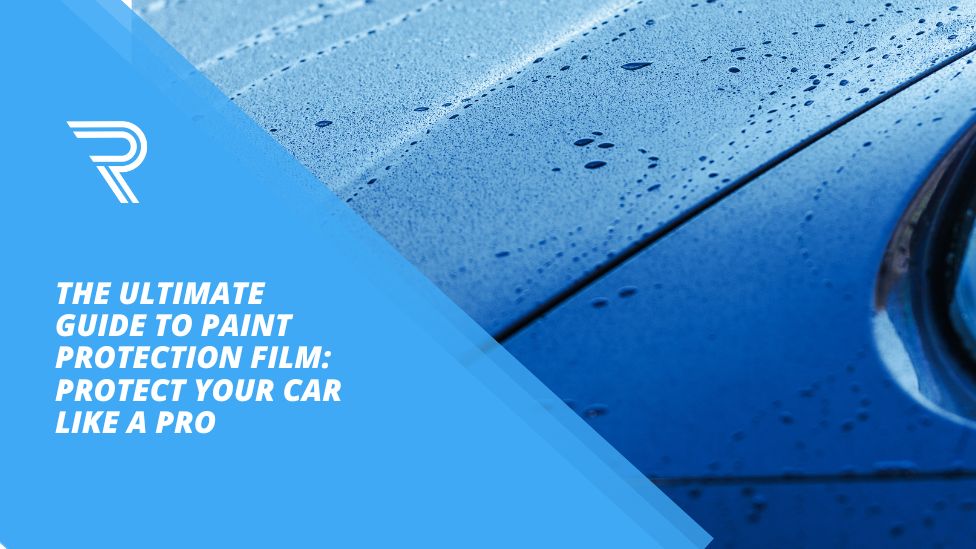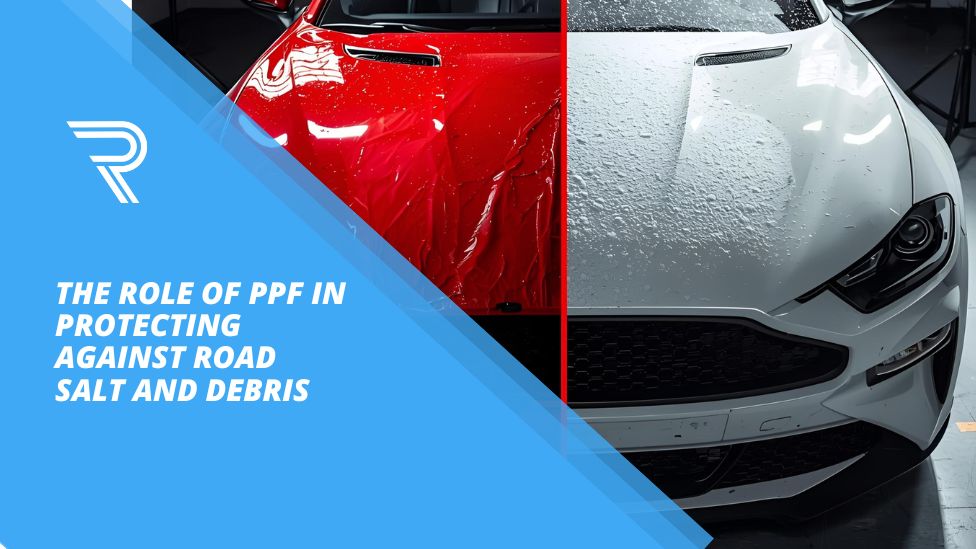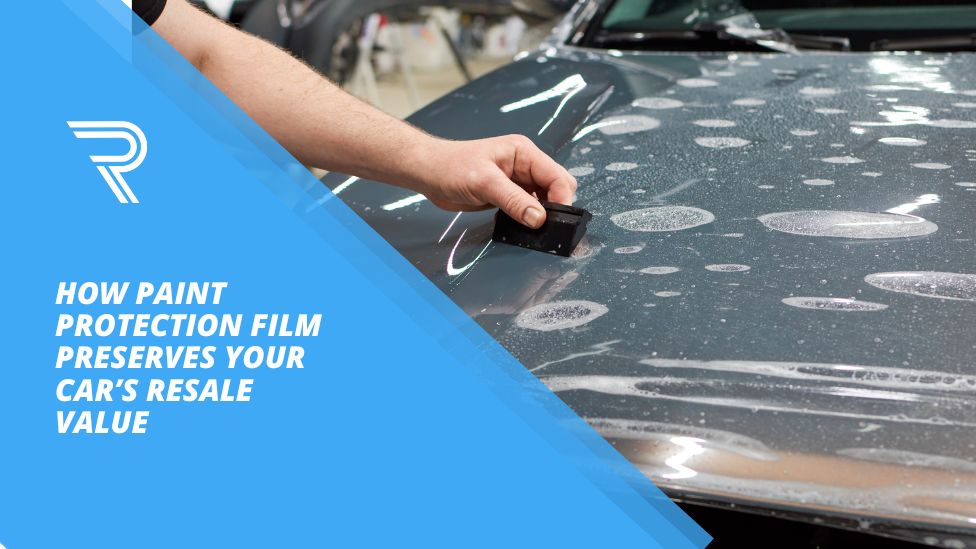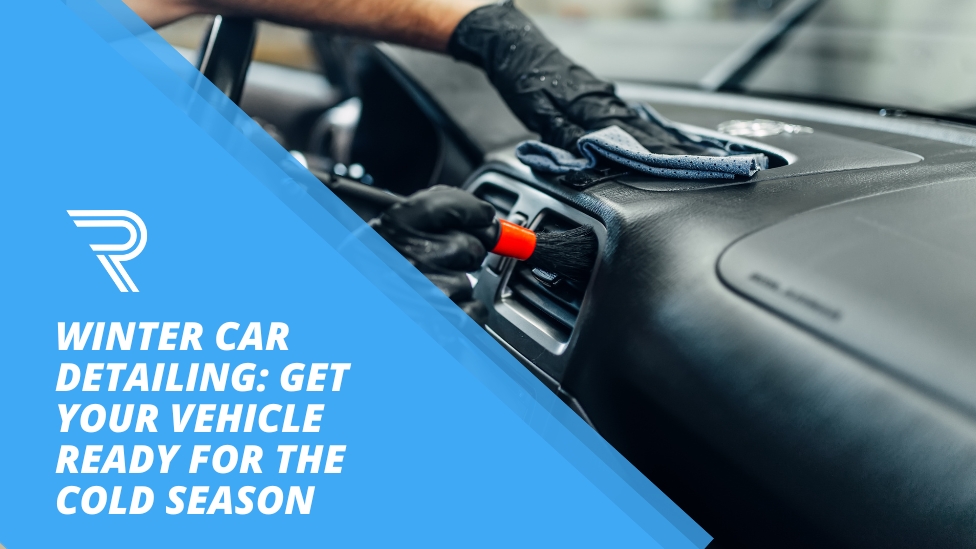Ceramic coatings have become the gold standard in automotive paint protection. As car owners become more conscious about preserving their vehicle’s finish, questions like can you wax over ceramic coating and comparisons such as ceramic wax vs ceramic coating and car wax vs ceramic coating are becoming increasingly common.
In this guide, we’ll demystify ceramic coatings, explore how they differ from waxes, and help you make the best decision for your car’s care.
What is Ceramic Coating?
Ceramic coating is a liquid polymer applied to a vehicle’s exterior that chemically bonds with the factory paint, creating a layer of protection. It’s often made from silicon dioxide (SiO₂) derived from silica or quartz and sometimes includes titanium dioxide for added durability.
Key Features:
- Hydrophobic properties – water beads and rolls off
- UV protection – prevents oxidation and fading
- Chemical resistance – guards against environmental contaminants
- Scratch resistance – reduces swirl marks and light abrasions
- Gloss enhancement – produces a deep, reflective shine
Ceramic Coating vs Car Wax: What’s the Difference?
Many car owners are familiar with traditional waxes, but car wax vs ceramic coating reveals major differences in protection, longevity, and performance.
Car Wax:
- Composition: Made from natural wax (often carnauba) or synthetic polymers
- Longevity: Lasts 1–3 months
- Protection: Offers limited UV and chemical resistance
- Application: Easy to apply, requires frequent reapplication
Ceramic Coating:
- Composition: Nanotechnology-based polymers (mainly SiO₂)
- Longevity: Lasts 1–5 years depending on the product and maintenance
- Protection: Superior resistance to UV rays, chemicals, bird droppings, and tree sap
- Application: More complex, often requires professional installation
Bottom Line: Ceramic coating provides long-term, high-performance protection, while car wax is more temporary and primarily enhances shine.
Ceramic Wax vs Ceramic Coating: Which One is Better?
A common point of confusion is ceramic wax vs ceramic coating. While they sound similar, they serve different purposes and are built differently.
Ceramic Wax:
- Hybrid product: Combines traditional wax with ceramic (SiO₂) elements
- Easy to apply: Can be done at home like regular wax
- Enhanced durability: Offers better protection than standard wax but less than full ceramic coatings
- Cost-effective: A good entry point into ceramic protection
Ceramic Coating:
- Professional-grade formula: True chemical bonding to paint
- High resilience: Withstands environmental contaminants, UV rays, and more
- Low maintenance: Easier to clean and maintain over time
- Higher cost: But delivers longer-lasting results
Verdict: If you’re looking for convenience and a boost in protection, ceramic wax is a great option. But for maximum durability and a show-stopping finish, ceramic coating wins.
Can You Wax Over Ceramic Coating?
A frequently asked question is: can you wax over ceramic coating?
The Short Answer: Yes, but it’s not necessary.
Ceramic coatings are already engineered to offer superior protection and hydrophobic performance. Adding wax on top won’t harm the coating, but it might not offer significant benefits either. In fact, some experts argue it could diminish the self-cleaning properties of the ceramic layer.
Why Some People Still Do It:
- Added gloss: Some waxes add a “wet look” shine
- Short-term protection: Boosts hydrophobic effect temporarily
- Routine: Some car owners enjoy regular detailing and layering
If You Choose to Wax Over Ceramic Coating:
- Wait at least 7 days after coating application
- Use a ceramic-friendly wax (avoid abrasives)
- Apply sparingly and gently
Benefits of Ceramic Coating for Cars
Let’s break down why ceramic coatings are becoming a must-have:
1. Long-Term Protection
- Guards against UV rays, oxidation, bird droppings, bug splatter, and harsh chemicals
2. Extreme Hydrophobicity
- Water, mud, and grime slide right off, reducing cleaning time
3. Enhanced Aesthetic Appeal
- Deep, glossy shine that lasts for years
4. Ease of Maintenance
- No need for frequent waxing or polishing
- Simple washes maintain the look
5. Increases Resale Value
- Keeps your vehicle’s paint in pristine condition
Application: DIY vs Professional Ceramic Coating
While there are many DIY ceramic coating kits on the market, professional applications offer longer durability, better performance, and warranty-backed protection.
DIY Ceramic Coating:
- Cost: $50–$150
- Longevity: 6–12 months
- Risk: High if improperly applied (streaks, high spots)
Professional Ceramic Coating:
- Cost: $500–$2,000+
- Longevity: 2–5 years or more
- Bonus: Paint correction included for flawless finish
Common Myths About Ceramic Coating
Let’s clear up a few misconceptions:
Myth 1: Ceramic Coating Makes Your Car Scratch-Proof
Reality: It resists minor scratches but won’t prevent deep damage from impacts.
Myth 2: You’ll Never Have to Wash Your Car Again
Reality: It reduces how often and how intensively you need to wash, but cleaning is still required.
Myth 3: All Ceramic Coatings Are the Same
Reality: Quality varies greatly. Always check the SiO₂ content and brand reputation.
Maintenance Tips for Ceramic Coated Cars
To ensure your coating lasts, follow these best practices:
- Use pH-neutral car shampoo during washes
- Avoid automatic car washes with brushes
- Dry with a microfiber towel to avoid swirl marks
- Perform maintenance sprays every few months
- Keep it parked under shade or use a cover for added UV protection
Final Thoughts: Is Ceramic Coating Worth It?
If you value a clean, shiny car with minimal effort and long-lasting protection, ceramic coating is absolutely worth it. It outperforms traditional wax in every category—from durability to protection to ease of maintenance.
Whether you’re comparing ceramic wax vs ceramic coating or wondering about car wax vs ceramic coating, the takeaway is clear: ceramic coating is the superior investment for those serious about preserving their vehicle’s appearance.




